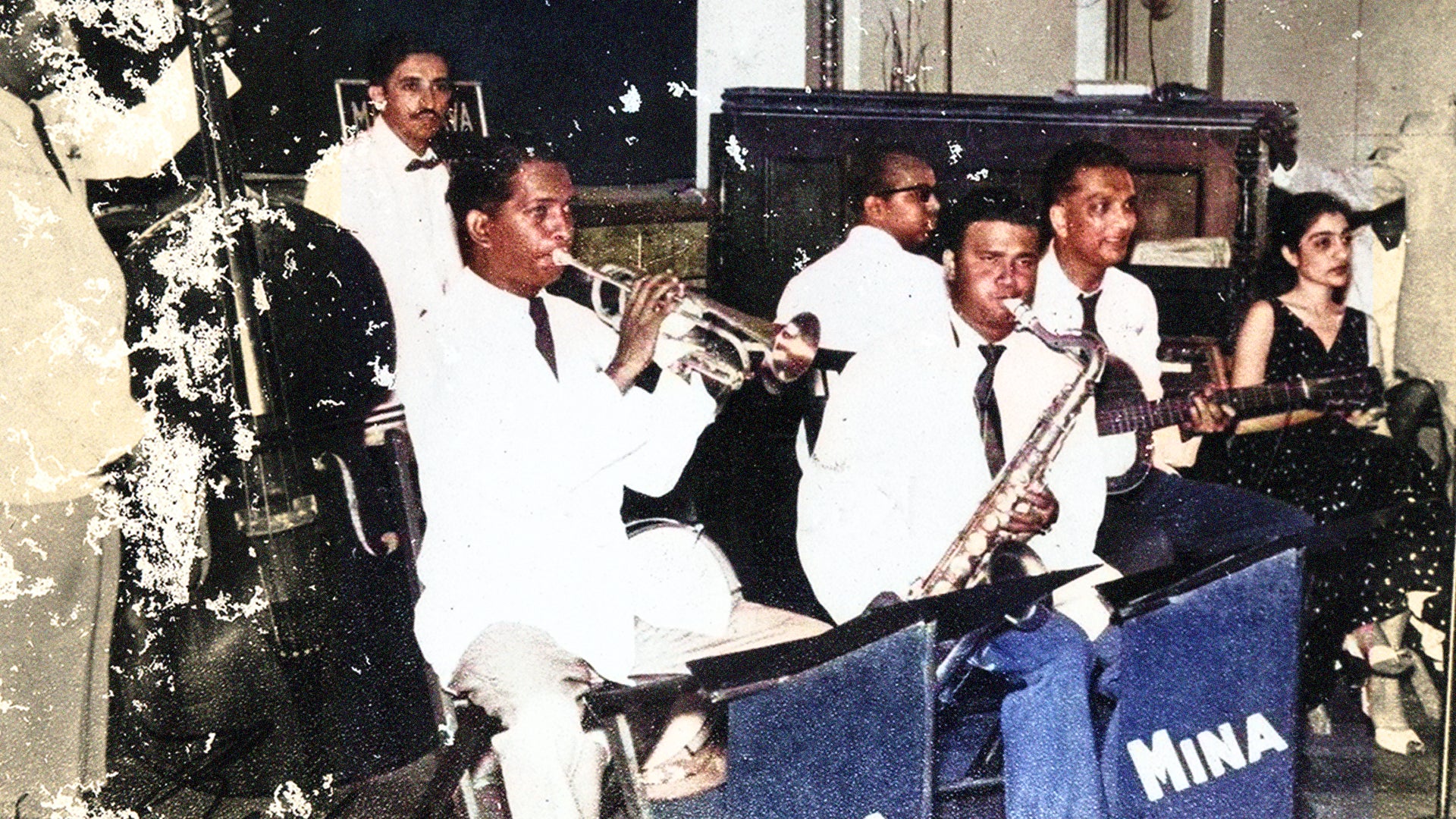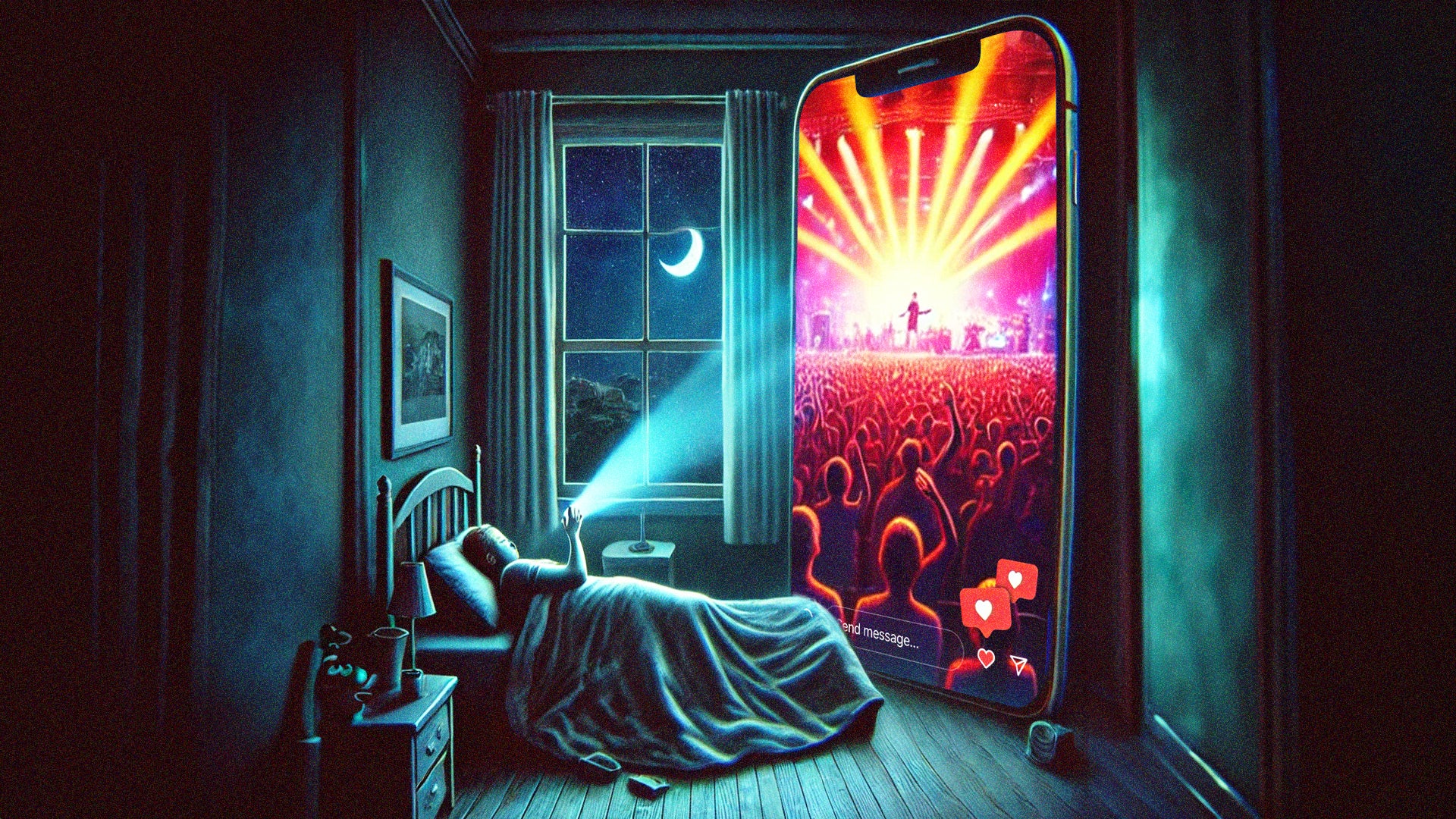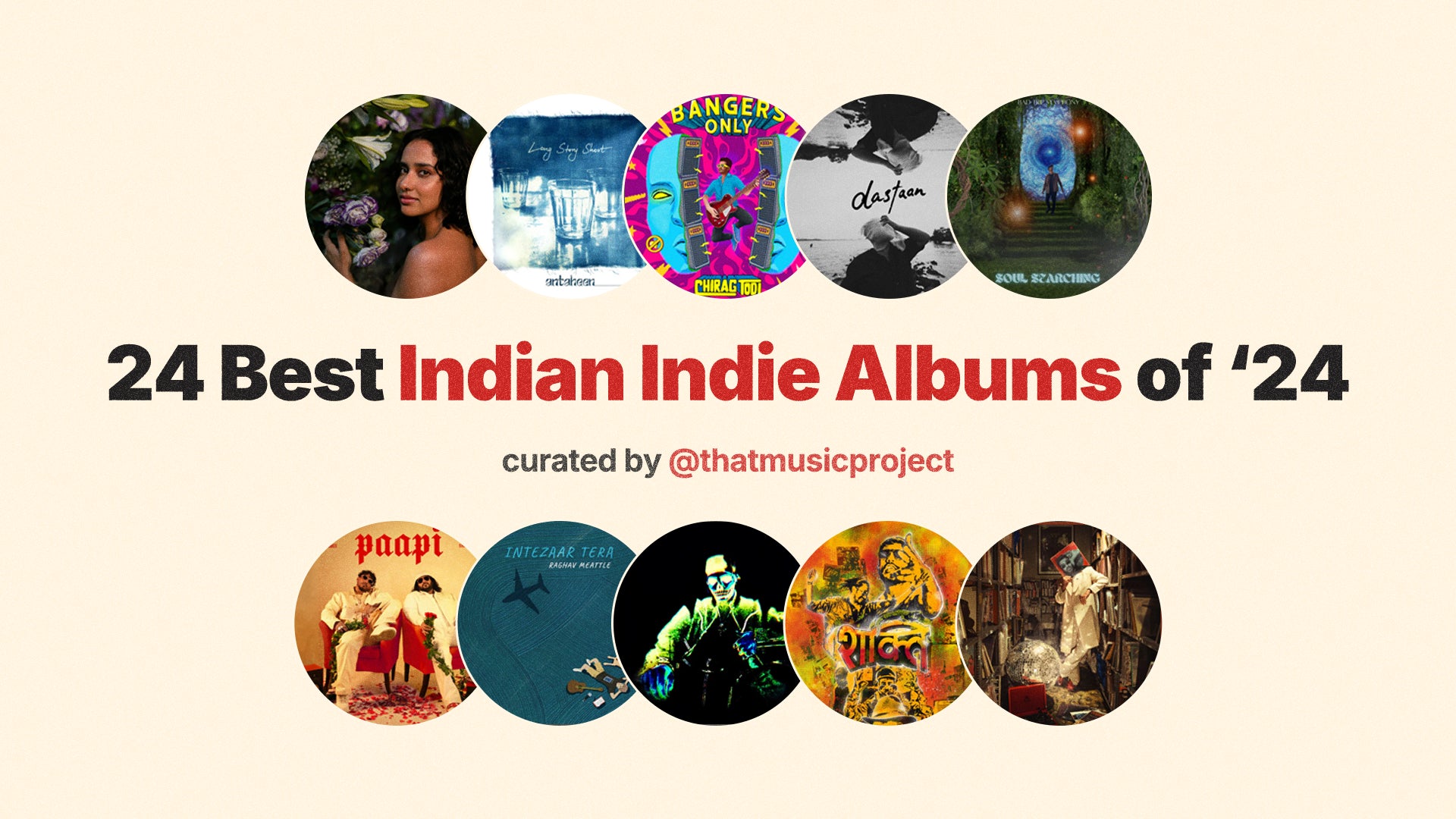Sounds From The Asian Underground

The push and pull generated by migration has been one of the biggest factors giving rise to exciting cultures as well as subcultures in a completely foreign context and nation. The immigrant population from the Indian Subcontinent is the greatest in terms of the number(17 million according to a UN report) compared to any other region. The diasporic communities have been reshaping, moulding and upholding the rich legacy they inherited from their motherland in a completely different context.
The UK is one of the major countries that house multi-ethnic British nationals that had emigrated from South Asian countries such as Bangladesh, India, Pakistan and Sri Lanka in the early 60s. The music that came out of these first-generation British Asians was full of internal tension imbued with the first-hand experience of racism at the hands of far-right groups.

The second-generation British youth fighting for a sense of community and identity ignited a fresh nightlife movement. Termed the Asian Underground, it thrived during the 90s and early 2000s manifesting a curious amalgamation of eastern elements such as Indian classical or Bhangra with everything from soul, r&b, jazz and hip-hop (Nitin Sawhney) to contemporary club sounds like drum 'n' bass (Talvin Singh, State of Bengal), rock (Cornershop), punk (Fun-Da-Mental), breakbeat (Joi), trip-hop (Sister India), dub (Asian Dub Foundation), and reggae (Apache Indian).

Music became a vehicle for these young British Asians to assert their strong identities and brought a total paradigm shift in the gaze with which south Asians were being viewed back then. They were forging their narratives and shaping the culture of the land with their music. The artists were making big in the mainstream, signing huge deals with major music labels, and the transformation was not just in the sphere of music, it was seen across the creative arts.


Landmark events such as 9/11 and Brexit have made discrimination in terms of systematic racism even more prominent and open-air than ever before, certainly, the South Asian representation becomes even more essential for the work produced in and beyond the subcontinent.







Comments